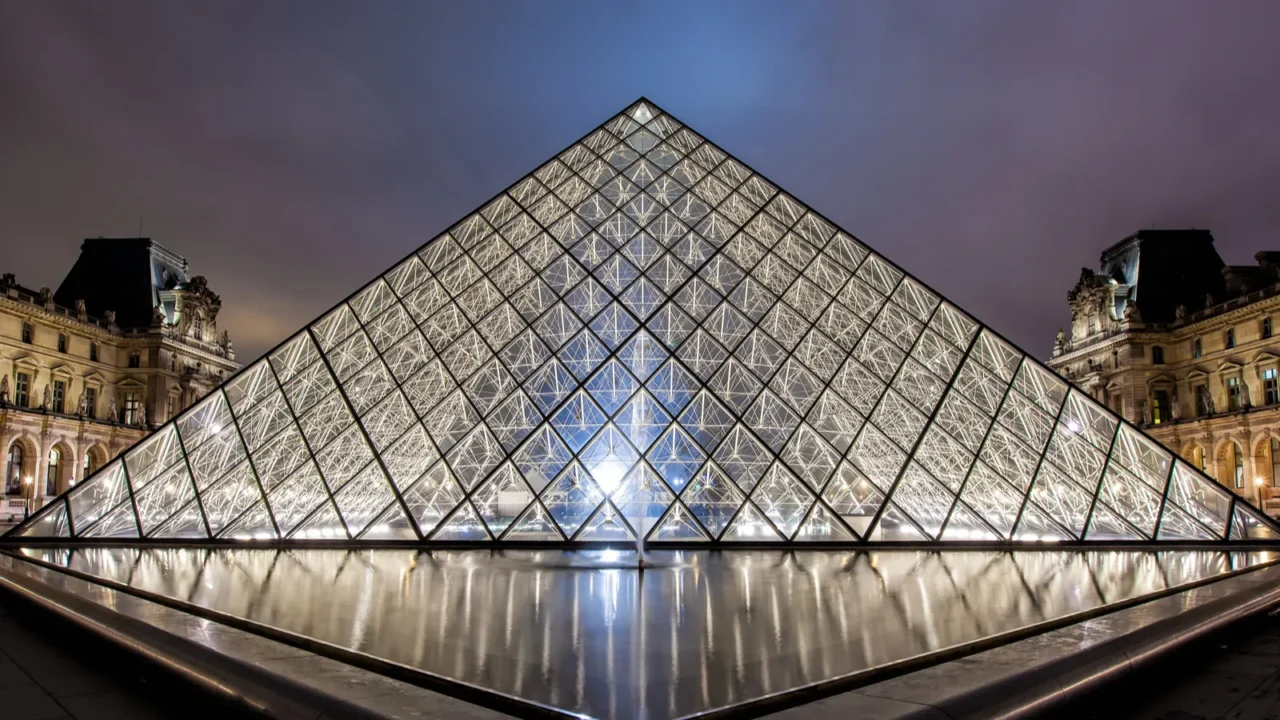
Step Inside the Louvre’s Secret Style Playbook
The Louvre is famous for the Mona Lisa, ancient sculptures, and priceless art, but have you ever noticed the actual rooms? The interiors are full of design magic, think bold colors, stunning ceilings, luxurious textures, and furniture that tells stories. Every corner exudes elegance but still feels cozy.
You don’t need a Parisian palace to pull this off. Whether it’s a small apartment or a room refresh, you can steal the Louvre’s timeless style and make it your own. Let’s dive into how.
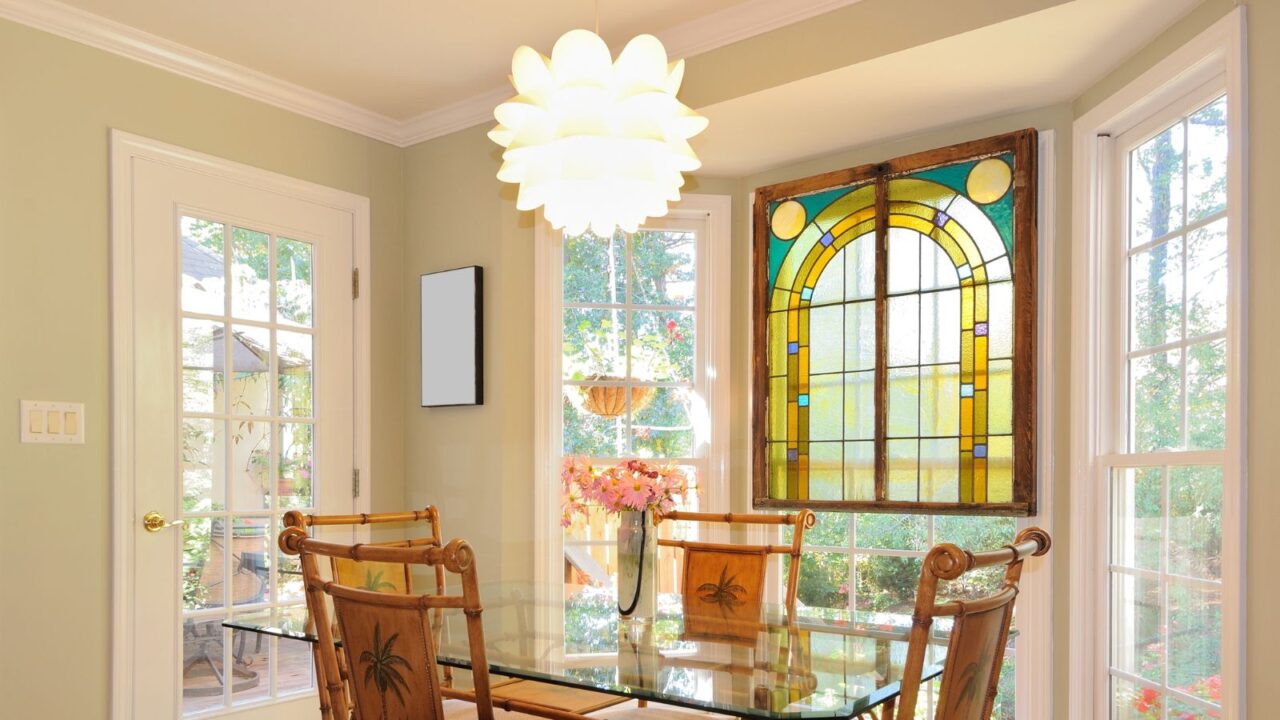
Crown Moldings That Whisper Royalty
Crown moldings at the Louvre aren’t just for show, they frame each room with drama and detail. These embellishments date back to the Renaissance and are designed to draw the eye upward, making ceilings feel taller and grander. They’re like jewelry for your walls.
Incorporating even a simplified version of this into your home can elevate a plain room instantly. Choose a wide molding in a soft white or ivory, and suddenly, your space gains the same sculptural charm seen in 17th-century halls.
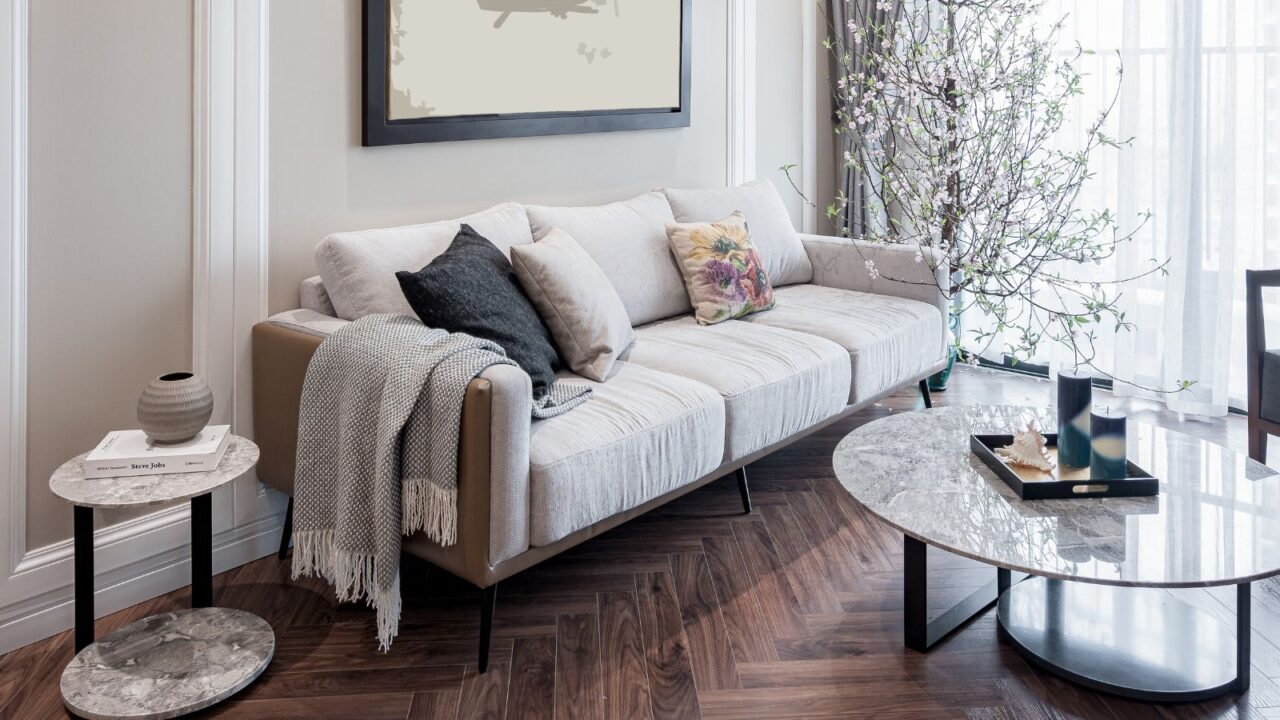
Floors That Tell a Story
The herringbone wood floors throughout the Louvre aren’t just classic, they’re strategic. The pattern dates back to Roman roads but became iconic in French interiors during the 1600s. They reflect light beautifully and guide the flow of a room.
You don’t need oak from Versailles to copy the look. Modern laminate and engineered wood options offer the same visual rhythm, adding warmth and texture that instantly reads as upscale but lived-in.
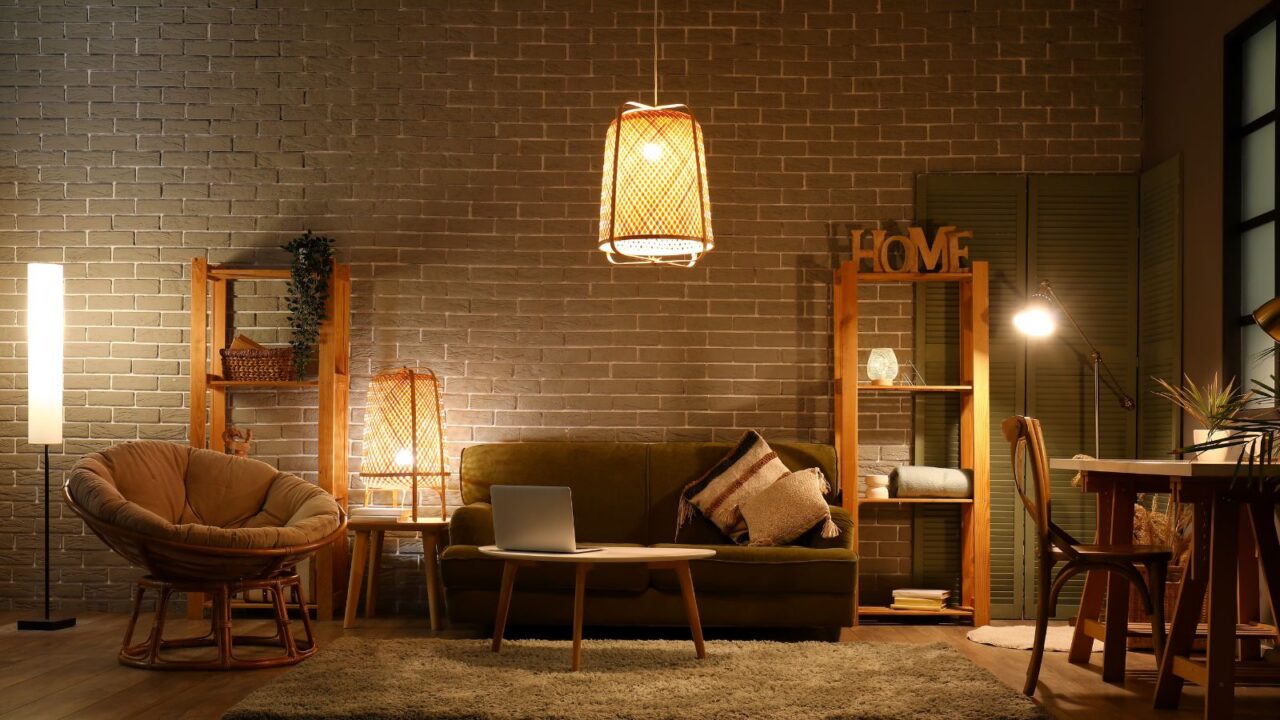
A Love for Layered Light
The Louvre doesn’t rely on one big chandelier to light a space. Instead, it uses layers, wall sconces, table lamps, and reflected light from gold accents. This setup adds dimension and mood, especially during twilight tours.
You can do the same at home by mixing different light sources. Use warm bulbs, play with antique-looking lamps, and let shadows become part of the design.

Gilded Details Without the Guilt
Gold leaf trims, frames, and accents are everywhere in the Louvre, but they’re used in moderation. That’s the secret, they enhance rather than overwhelm. French interior design is all about restraint and balance.
Try incorporating gold in mirrors, drawer pulls, or a thin picture frame. Even a vintage tray with a golden rim can channel that same refined sparkle, without tipping into gaudy territory.
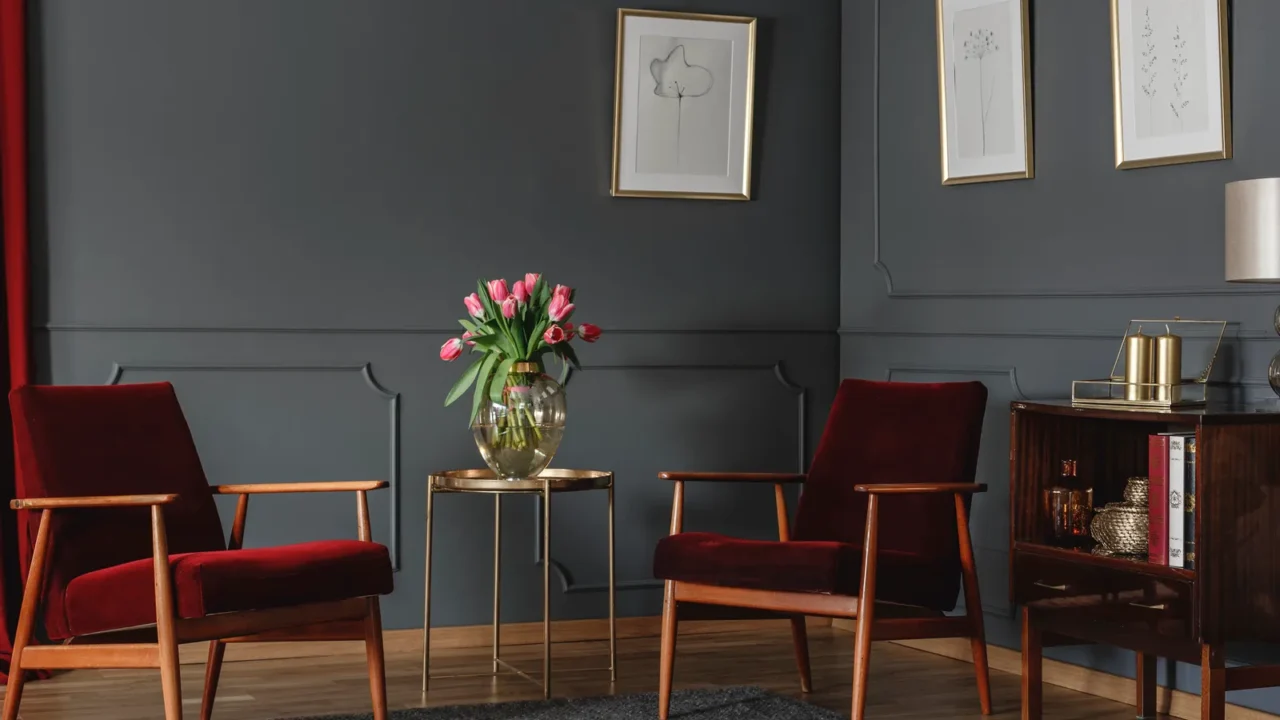
Moody Walls With Rich Color
Louvre interiors often lean into deep, dramatic wall tones, like burgundy, navy, and charcoal. These aren’t just trendy shades; they make art and furnishings pop while adding historic character to a space.
You can borrow this idea with a single accent wall or a fully painted powder room. Matte finishes keep it modern, while jewel tones add depth and personality.
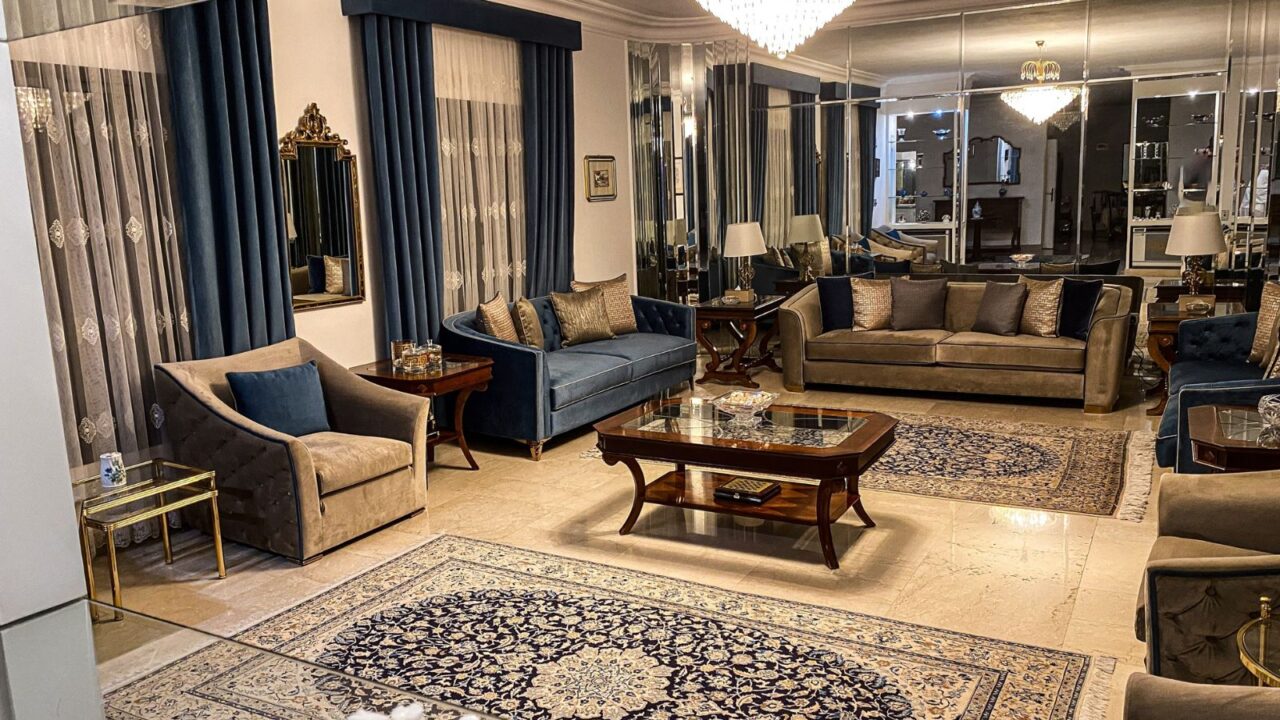
Velvet, Damask, and Tapestries
Fabrics in the Louvre interiors are lush and textural, adding softness against all the stone and wood. Tapestries not only decorate but tell stories of battles, royalty, and mythology. Velvet drapes and damask upholstery give every room a tactile elegance.
You don’t need 15th-century textiles to copy the look. Try a velvet pillow, a tapestry-inspired rug, or a richly textured armchair. These elements bring in quiet drama and visual warmth without the museum guards.
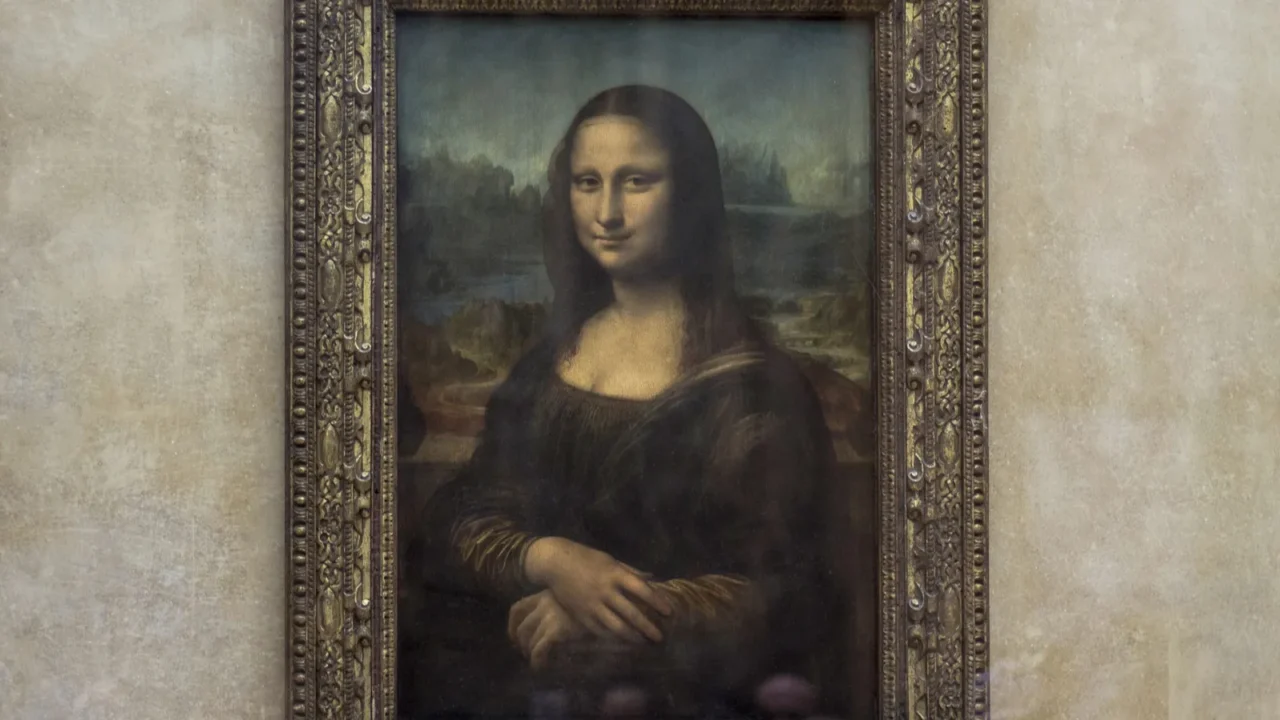
The Drama of Oversized Art
Let’s be real, the Mona Lisa is smaller than you’d expect, but much of the Louvre’s other art is huge. These grand-scale paintings dominate a wall and become the centerpiece of a room.
While you may not have a Delacroix at home, one oversized piece can instantly elevate your decor. Think large-scale photography, vintage posters, or canvas prints. It’s a nod to the Louvre’s drama, without the velvet ropes.
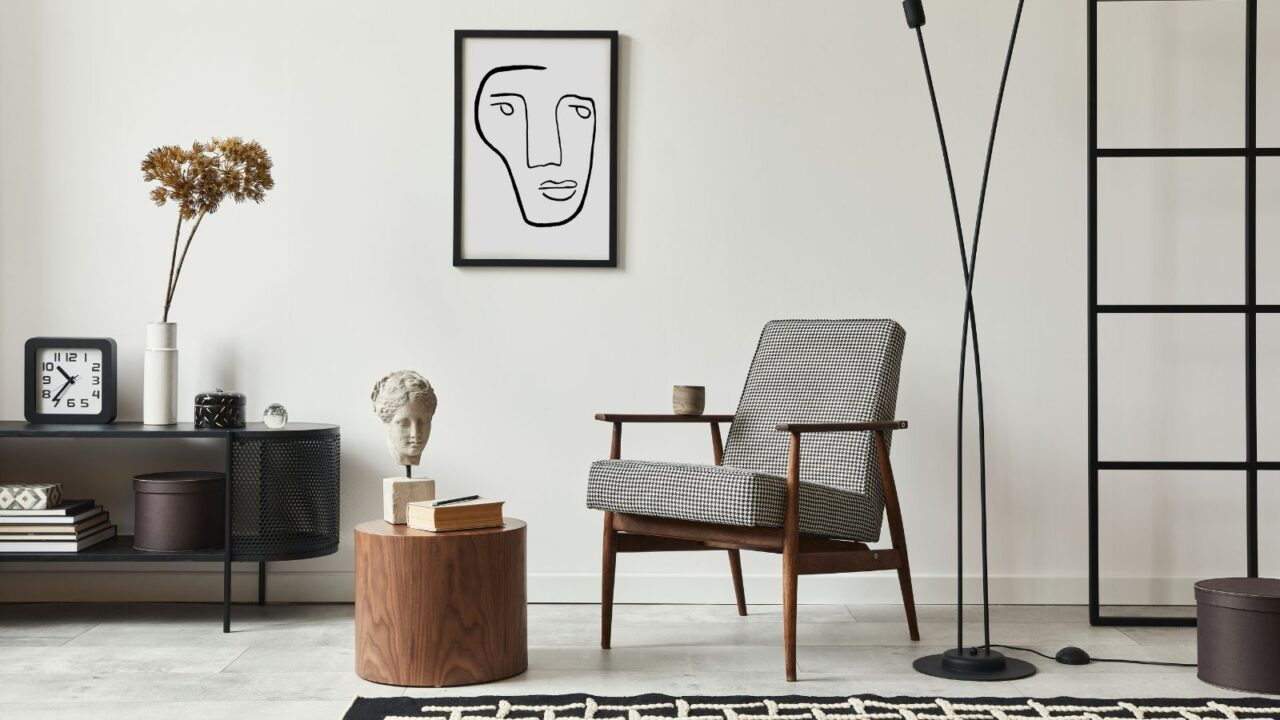
Sculptures That Anchor a Room
Sculptures in the Louvre do more than sit pretty, they ground the space. Whether it’s a bust on a pedestal or a full marble figure, these pieces add weight, structure, and shadow. You can try this look with a single sculpture on a console or a pair of bookend busts.
Choose stone, resin, or plaster for that classic touch. It’s the kind of decor that doesn’t try too hard, but makes you look twice.
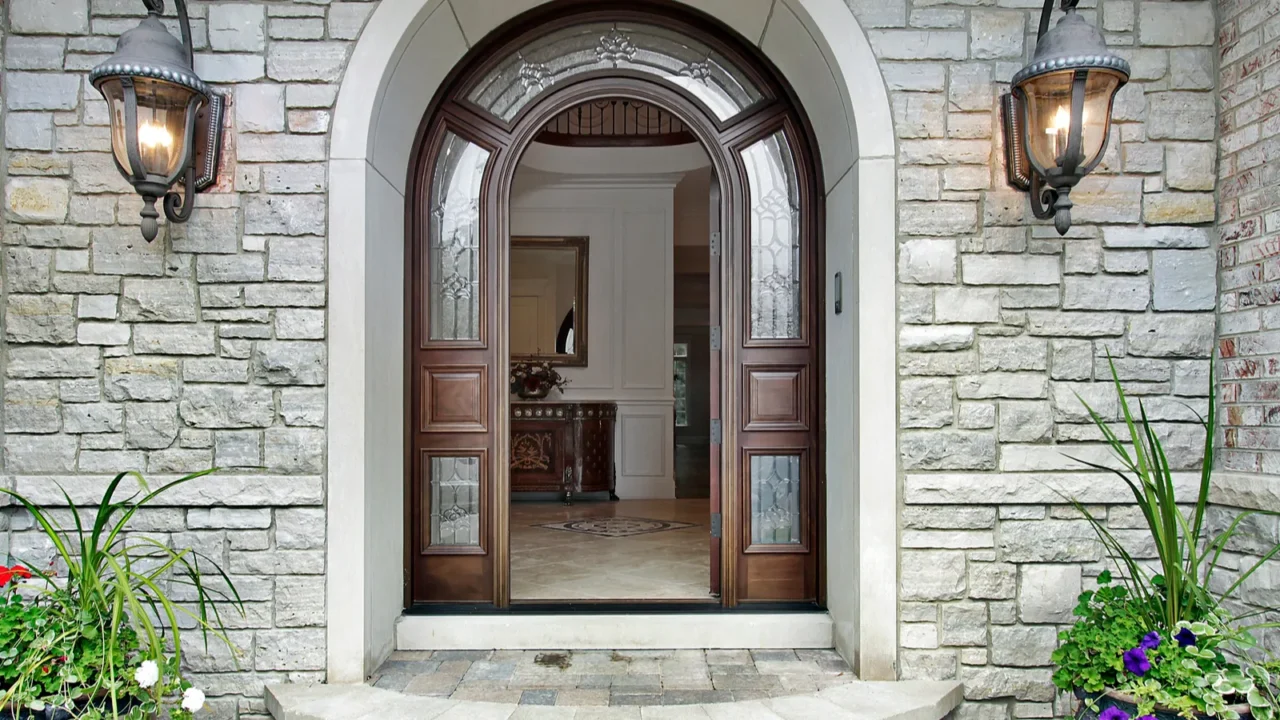
Arched Doorways and Curves
The Louvre is all about those smooth arches and gentle curves instead of sharp, boxy lines. They add this graceful flow that makes every room feel timeless and easy on the eyes, like the space is leading you somewhere magical without even trying.
Try adding an arched mirror, a rounded sofa, or even some curvy patterns in your rug or art. These little touches instantly soften the room and give it that dreamy, old-school charm.
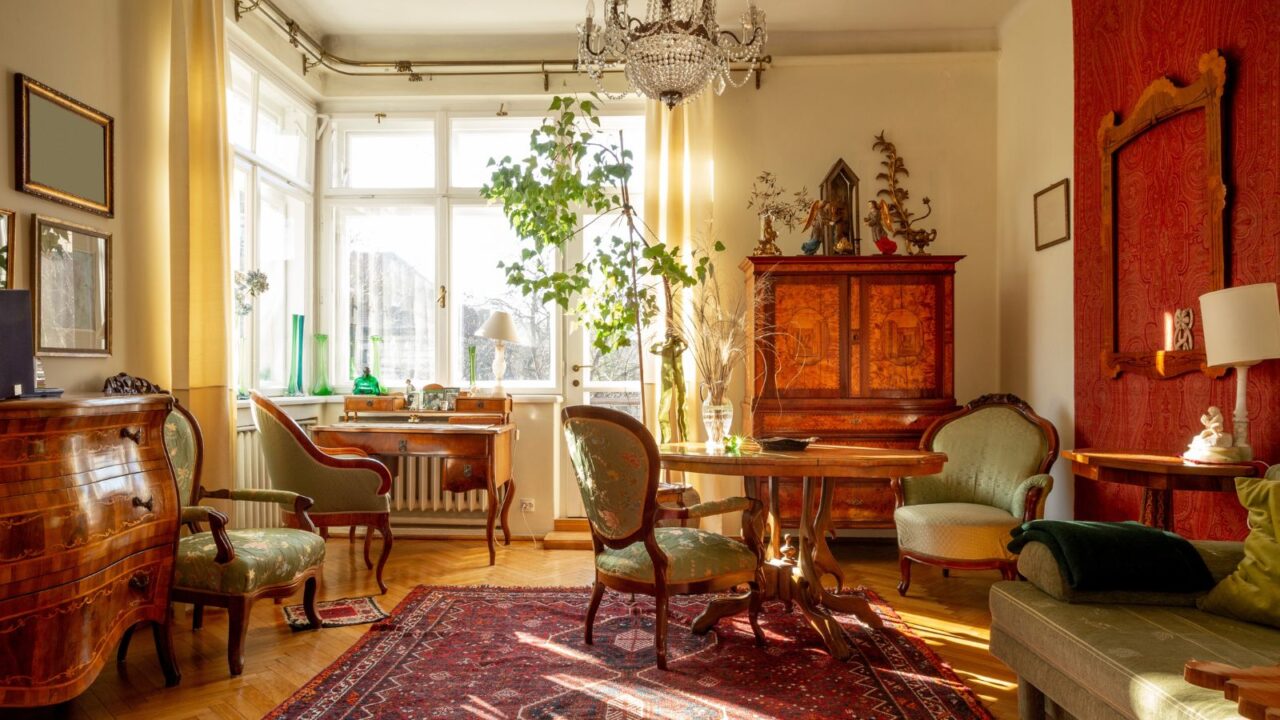
Antique Furniture With a Story
From Louis XVI chairs to ornate armoires, the Louvre is packed with furniture that was made to last. These pieces often combine craftsmanship, unique detailing, and natural wear that tells a story.
Modern homes can bring in a touch of this by mixing in a thrifted or heirloom piece. Look for curved legs, carved wood, or inlay designs. It doesn’t have to match, it just has to speak to the past.
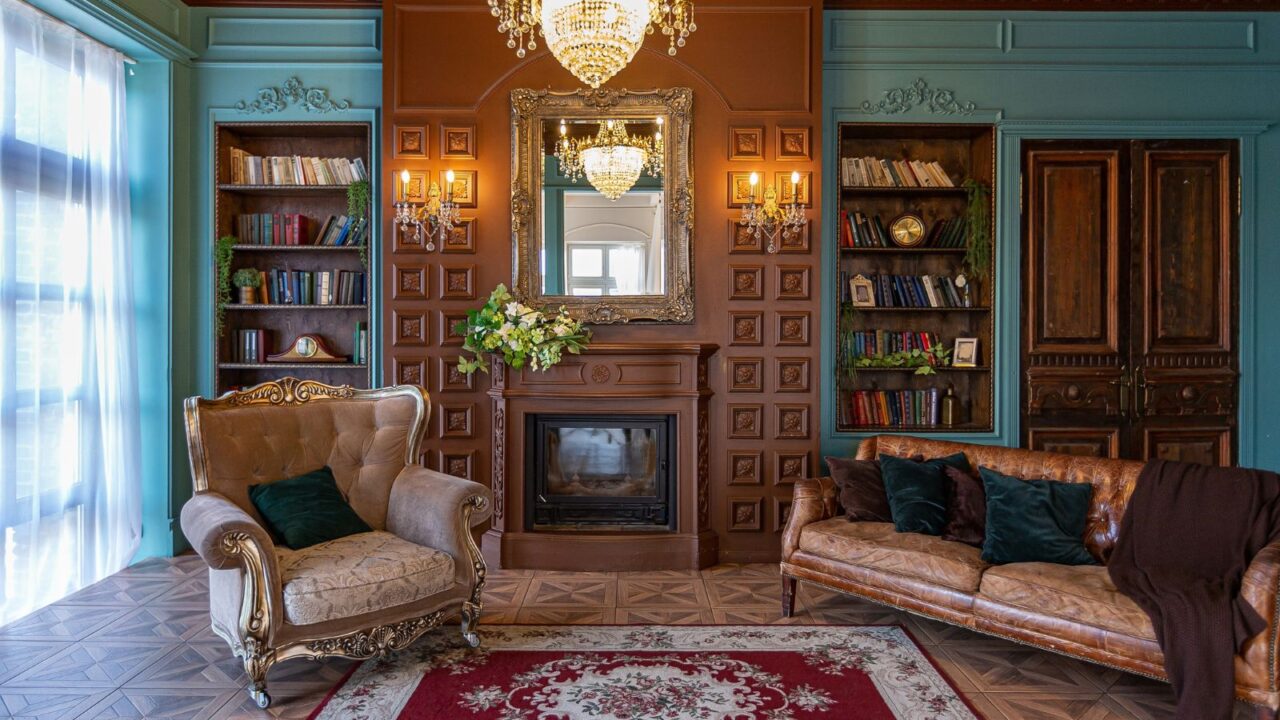
Using Books as Decor
Libraries and salons in the Louvre use books not just for reading, but as part of the design. Leather-bound volumes and stacked tomes bring richness and age to a space.
At home, stack books on coffee tables, shelves, or even under a lamp. Mix art books, classics, and travel guides to reflect your personality. Bonus points for worn spines and gold-edged pages, it’s lived-in luxury.
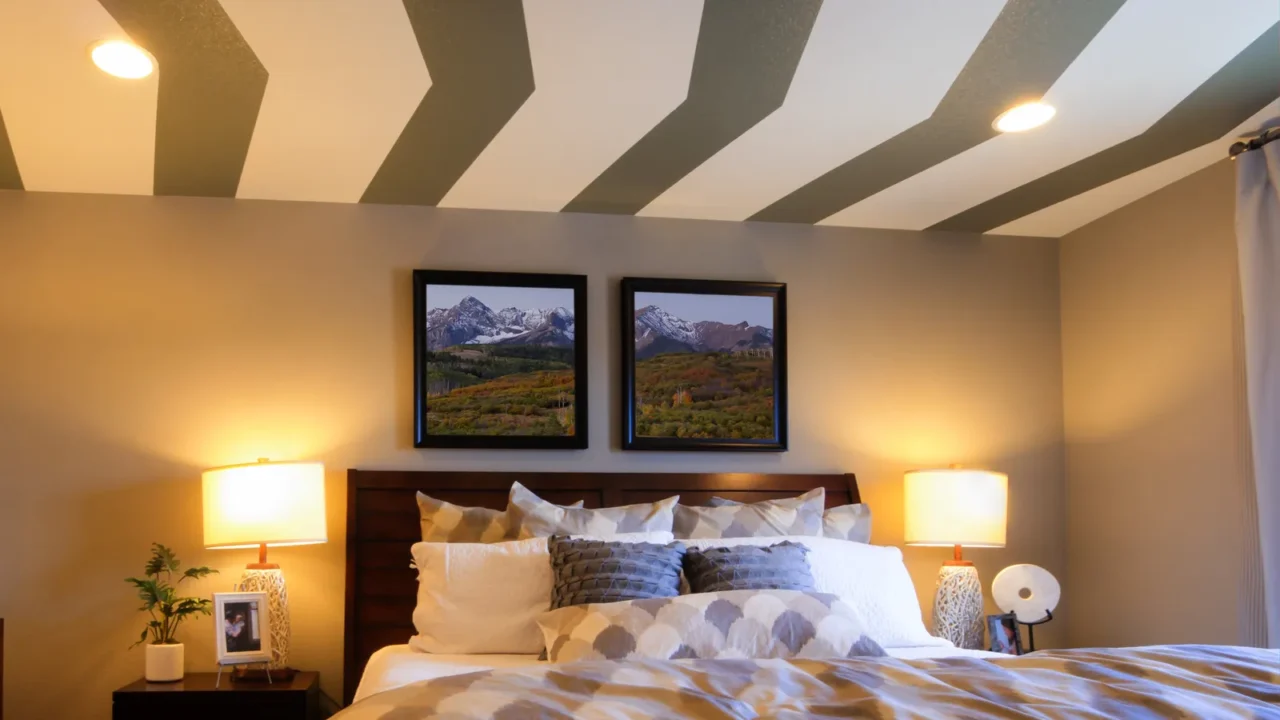
Painted Ceilings for a Surprise Twist
At the Louvre, the ceilings are total scene-stealers. From dreamy frescoes to shimmering gold panels, they’re designed to make you look up and say, “Whoa.” It’s the kind of surprise detail that takes a room from pretty to unforgettable.
Try a soft wash of color like blush or slate blue up top, or go bold with a patterned wallpaper ceiling. It’s unexpected, super chic, and adds instant drama without taking over.
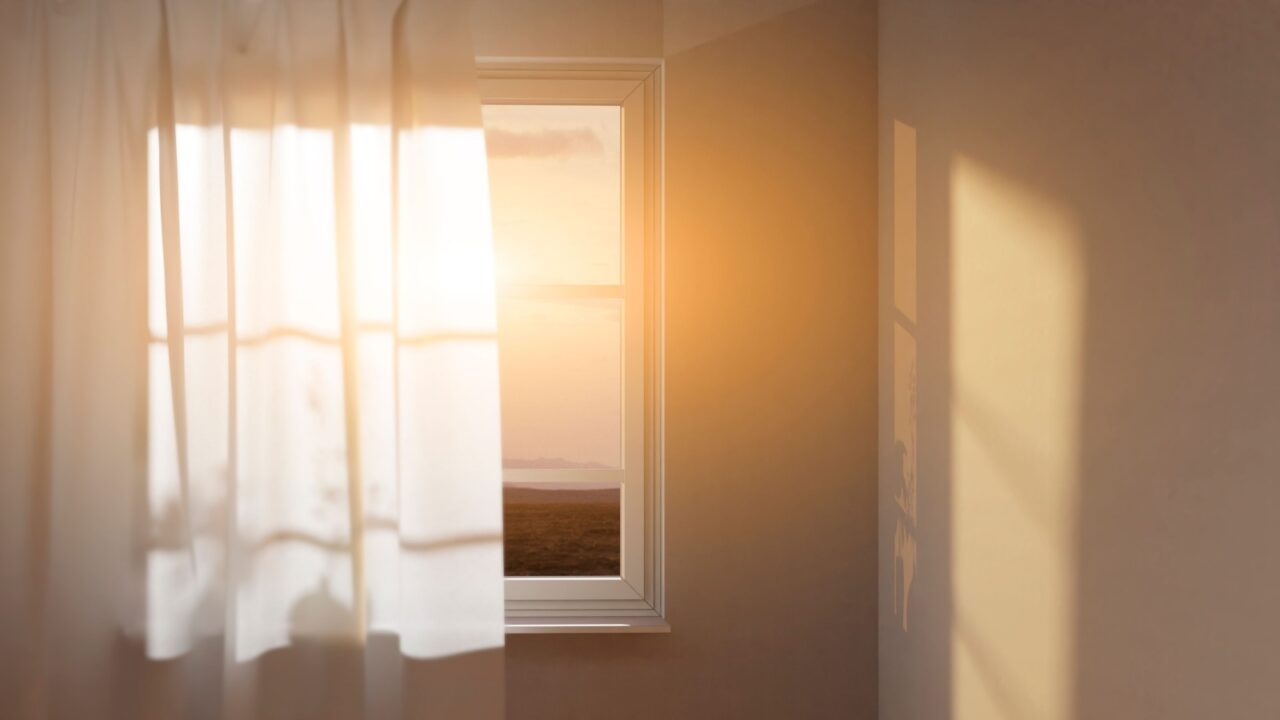
Natural Light as a Design Tool
The Louvre was built to harness light, from giant windows to skylights in the galleries. Natural light makes everything, from marble statues to parquet floors, look alive. Arrange your room to follow the sunlight.
Use sheer curtains or none at all in bright rooms. Even placing a mirror opposite a window can double your light source. Light, after all, is the most timeless decor trick of all.
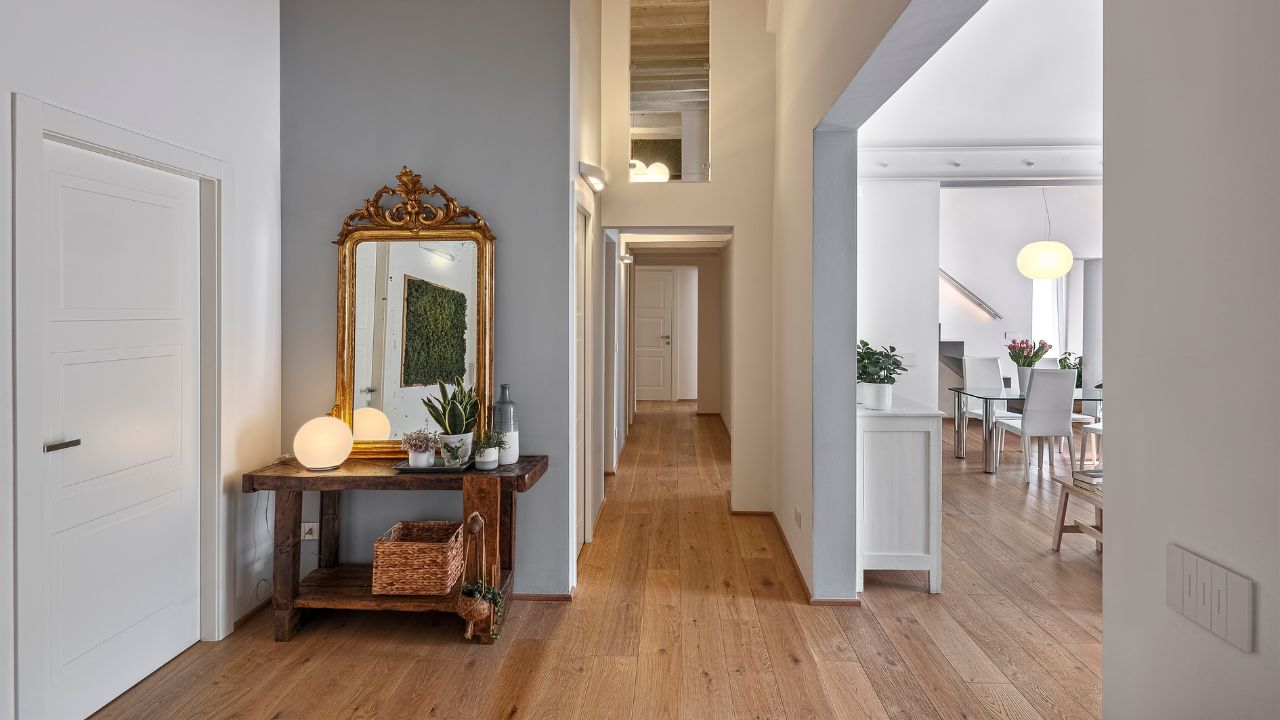
Mirrors That Multiply Light
One trick the Louvre uses to make rooms feel larger and more majestic is mirrors, especially those with intricate frames and arched tops. They bounce light and reflect the surroundings, creating a layered, dimensional space.
At home, a mirror over a mantel or in a hallway can have a similar effect. Choose ones with antique finishes or scrollwork frames. You’re not just adding function, you’re adding architecture.
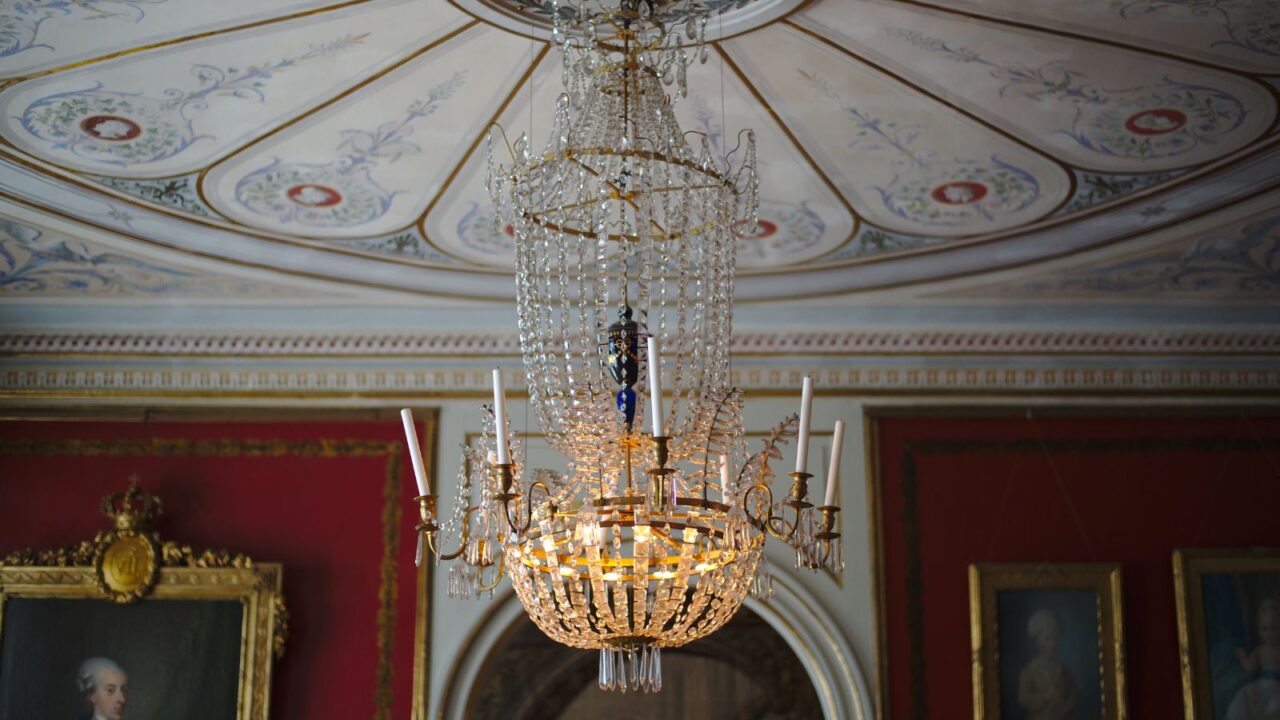
Chandeliers as Centerpieces
In the Louvre, chandeliers do more than light a space, they announce it. Crystal, bronze, or candle-style chandeliers center the room and add instant glamour, even in otherwise quiet areas.
You can replicate that drama in a dining room, entryway, or bedroom. It’s like putting earrings on your space, suddenly, everything feels dressed up.
For more bold interiors and awe-inspiring design, take a look inside the opulent spaces of Vatican City.
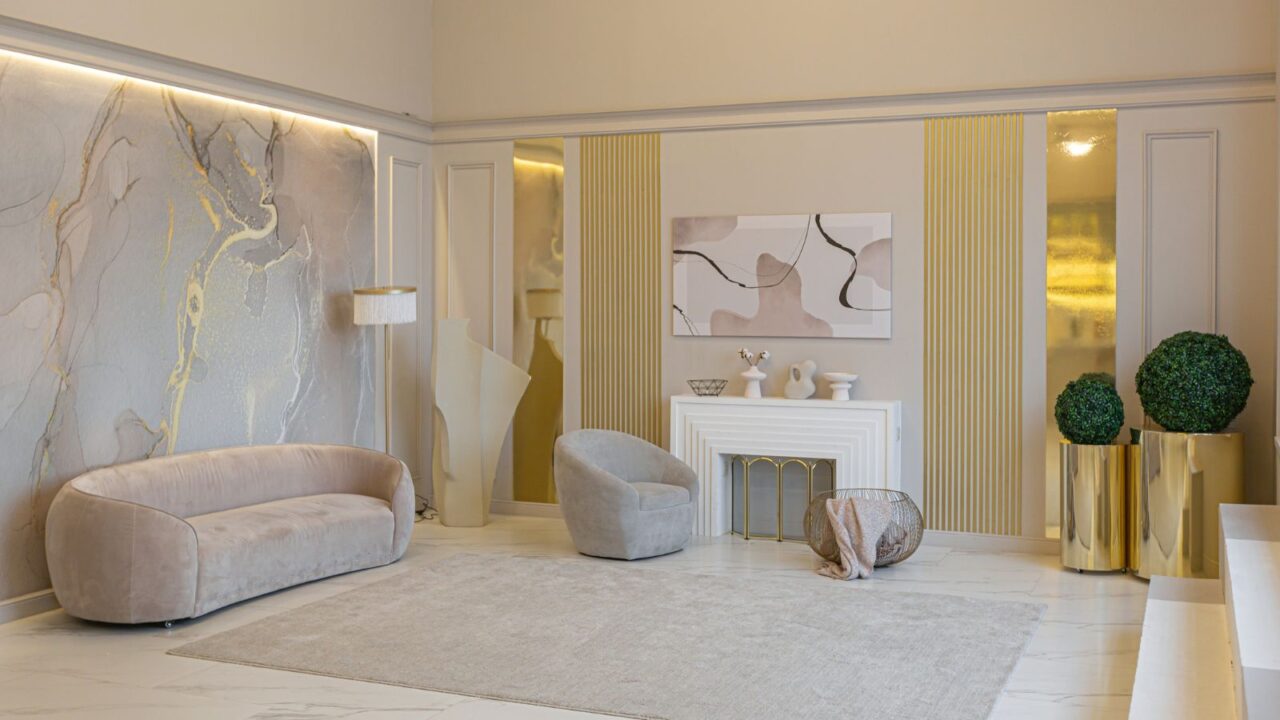
The Quiet Power of Neutrals
Not every room in the Louvre is bold. Many halls and salons use creamy whites, beiges, and stone tones to let the art shine. These neutrals give rooms a timeless, breathable quality.
Using a muted palette at home, think linen, sand, and pearl, creates a serene base. It’s the same strategy that keeps historical rooms feeling fresh centuries later.
For a different kind of warmth and simplicity, see what Aspen lodges get right about cozy mountain decor.
Could you live with that much whimsical detail in your space? Share your thoughts in the comments.
Read More From This Brand:
- Step Inside Havana’s Hidden Glamour Revival
- How New York’s Plaza Hotel Sets Luxury Decor Trends
- Parisian Apartment Style, Inspired by Real Haussmann Homes
Don’t forget to follow us for more exclusive content right here on MSN.
This slideshow was made with AI assistance and human editing.
Disclaimer: Some images in this slideshow are for illustrative purposes only and do not depict the actual locations mentioned.